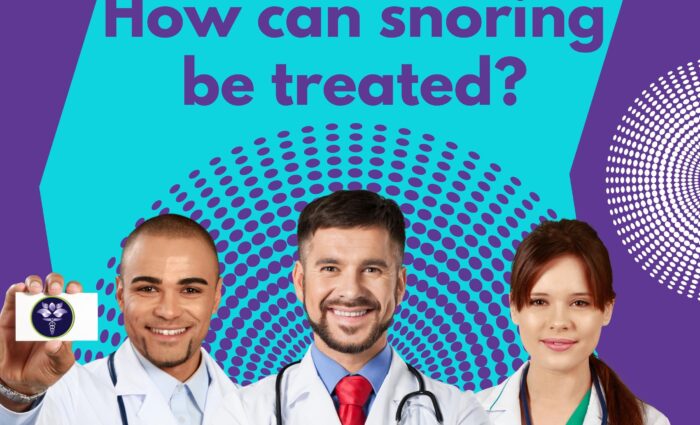While snoring isn’t always an indication of illness, it can occasionally indicate a serious sleep disorder, such as sleep apnea. Loud snoring that is followed by a brief period of silence due to a respiratory hiatus is a sign of sleep apnea. A second loud noise, resembling a snort, follows, and then the snoring resumes. It’s not life threatening, however on might need to see a doctor to lead a better life. We at lotus have experienced ENT specilaists who can help you have a life snore free. The doctor you see will probably first suggest lifestyle modifications to treat your snoring, such as:
- Shedding pounds
- Avoiding alcohol before going to bed
- Nasal congestion treatment
- Avoiding lack of sleep
- Avoiding lying on your back during night
- With OSA-related snoring, your doctor can advise.
Apart from suggesting a better lifestyle, your doctor might even give you equipments to use:
Oral devices. Oral appliances are custom-made dental mouthpieces that help move your jaw, tongue, and soft palate forward so that your airway remains open.If you decide to utilise an oral appliance, you will coordinate its fit and placement with your dental professional. In order to ensure that the oral appliance is operating as intended, you will also consult with your sleep specialist. To have the fit examined and to evaluate your dental health, you may need to visit the dentist at least once every six months for the first year and then at least once a year after that.
When used to treat OSA-related snoring, CPAP (SEE-pap) completely eliminates snoring. Even though using a CPAP machine is the most dependable and effective way to treat OSA, some people find the noise or feel of the machine to be uncomfortable or difficult to get used to.
Surgery on the upper airway. There are several procedures that use a range of approaches to expand the upper airway and stop it from significantly narrowing as you sleep. During a treatment termed uvulopalatopharyngoplasty (UPPP), your throat is tightened and extra tissue is cut away by your surgeon. This is similar to getting a facelift for your throat. The upper and lower jaws are moved forward during a treatment known as maxillomandibular advancement (MMA), which aids in clearing the airway.To reduce tissue in the soft palate, tongue, or nose, radiofrequency tissue ablation uses a low- intensity radiofrequency pulse. In order to prevent the tongue from obstructing the airway when you breathe in, a more recent surgical procedure called hypoglossal nerve stimulation uses a stimulus that is administered to the nerve that regulates the tongue’s forward movement. These operations have varying degrees of success, and the outcome can be hard to anticipate.
The Inspire implantable device: An upper airway stimulator is a device that consists of a tiny pulse generator positioned just beneath the skin of the upper chest. In the muscles of the chest wall between the ribs, a wire is inserted. Another wire is put beneath the chin, mildly stimulating the neurons in charge of the muscles that open the airways.
Injection Snoreplasty. In this technique, which is also carried out in the office under local anaesthetic, a substance is injected into the soft palate. Following inflammation, the palate becomes stiff from scar tissue, which lessens vibration and snoring. Sodium tetradecyl sulphate, which has also been used to treat varicose veins, is the substance that is most frequently used. Although less expensive than other techniques, injection snoreplasty is more painful and requires a longer recovery period. To get the best results, some patients might additionally need further injectable therapies.
Nasal Surgery. It has been demonstrated that increased nasal congestion can cause or contribute to snoring and may hinder the effectiveness of other treatments. Nasal obstruction can be caused by smoking, allergies, structural constriction, or all three. Some patients may benefit from medical therapies like nasal steroid sprays or other methods for managing allergies.



